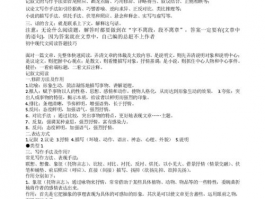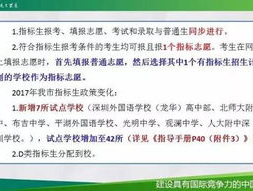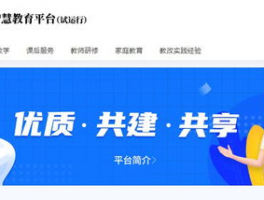As the world continues to evolve with rapid advancements in technology, education systems are also transforming to keep pace. One significant transformation is the introduction of smart education systems. In China, Jiangsu province has been at the forefront of incorporating smart technologies into its educational institutions. This article delves into the concept of "江苏智慧中小学" or "Jiangsu Smart Primary and Secondary Schools," exploring their implementation, benefits, and future potential.
What are 江苏智慧中小学?

"江苏智慧中小学" refers to the smart primary and secondary schools in Jiangsu province, China. The concept revolves around integrating advanced technologies, such as Artificial Intelligence (AI), Big Data, and the Internet of Things (IoT), into the educational framework to create a more efficient, effective, and personalized learning experience.
In these smart schools, traditional teaching methods are augmented with modern technology to provide students with a richer and more interactive educational experience. Classrooms are equipped with digital tools like smart blackboards, tablets, and interactive learning platforms, which help in the real-time monitoring of student performance and tailoring lesson plans to individual needs.
Implementation and Features of 江苏智慧中小学
The implementation of 江苏智慧中小学 involves several stages and features aimed at revolutionizing traditional education. These schools are designed to merge the best of both worlds—traditional education foundations with futuristic technological advancements. Below are some key features that characterize 江苏智慧中小学:
1. Smart Classrooms: Classrooms are equipped with advanced technological tools like interactive whiteboards, tablets, and e-books. These tools facilitate interactive learning and make it easier for teachers to use multimedia resources to explain complex concepts.
2. Personalized Learning: Using data analytics, these schools track each student's performance and tailor educational content to meet their individual learning needs. This personalized approach ensures that no student is left behind and helps in maximizing their potential.
3. Enhanced Communication: Smart schools provide platforms that facilitate better communication between teachers, students, and parents. Through dedicated apps and communication portals, parents can monitor their children’s progress and stay updated about school activities and events.
4. Remote Learning Capabilities: One of the significant advantages of 江苏智慧中小学 is their robust infrastructure that supports remote learning. This capability proved essential during the COVID-19 pandemic, enabling uninterrupted education despite school closures.
Benefits and Future Potential of 江苏智慧中小学
The benefits of adopting smart education systems in Jiangsu's primary and secondary schools are manifold. These schools not only make learning more engaging and effective but also prepare students for the future digital world. Here are some notable benefits:
1. Improved Student Engagement: The use of interactive and multimedia tools makes learning more enjoyable, which, in turn, increases student engagement and participation in the classroom.
2. Data-Driven Decision Making: Schools can leverage data analytics to make informed decisions regarding curriculum design, teaching strategies, and resource allocation. This data-driven approach ensures that educational practices are continually optimized for better outcomes.
3. Enhanced Learning Outcomes: Personalized learning and smart assessment tools help in identifying knowledge gaps and addressing them promptly. This leads to improved learning outcomes and better academic performance.
4. Preparedness for the Future: By familiarizing students with the latest technologies from a young age, 江苏智慧中小学 prepare them to thrive in a tech-driven world. This readiness is crucial for future academic and career pursuits in the increasingly digital global economy.
Looking ahead, the future potential of 江苏智慧中小学 is immense. As technology continues to evolve, these schools can adapt and incorporate newer, more advanced tools to further enhance the educational experience. Innovations like AI tutors, Virtual Reality (VR) learning environments, and advanced data analytics will likely play a more prominent role in the coming years.
Q&A Section
Q1: What is the primary objective of 江苏智慧中小学?
A1: The primary objective of 江苏智慧中小学 is to integrate advanced technologies into the educational framework to provide a more efficient, effective, and personalized learning experience.
Q2: How do smart classrooms in 江苏智慧中小学 enhance learning?
A2: Smart classrooms enhance learning by utilizing advanced technological tools like interactive whiteboards and tablets, which make learning more interactive and engaging.
Q3: What role does data analytics play in 江苏智慧中小学?
A3: Data analytics in 江苏智慧中小学 helps in tracking student performance, tailoring educational content to individual needs, and making informed decisions regarding curriculum design and teaching strategies.
Q4: Why is personalized learning important in smart schools?
A4: Personalized learning is important because it ensures that each student's unique learning needs are met, thereby maximizing their potential and improving academic performance.
Q5: What future technologies could be integrated into 江苏智慧中小学?
A5: Future technologies that could be integrated include AI tutors, Virtual Reality (VR) learning environments, and advanced data analytics to further enhance the educational experience.









